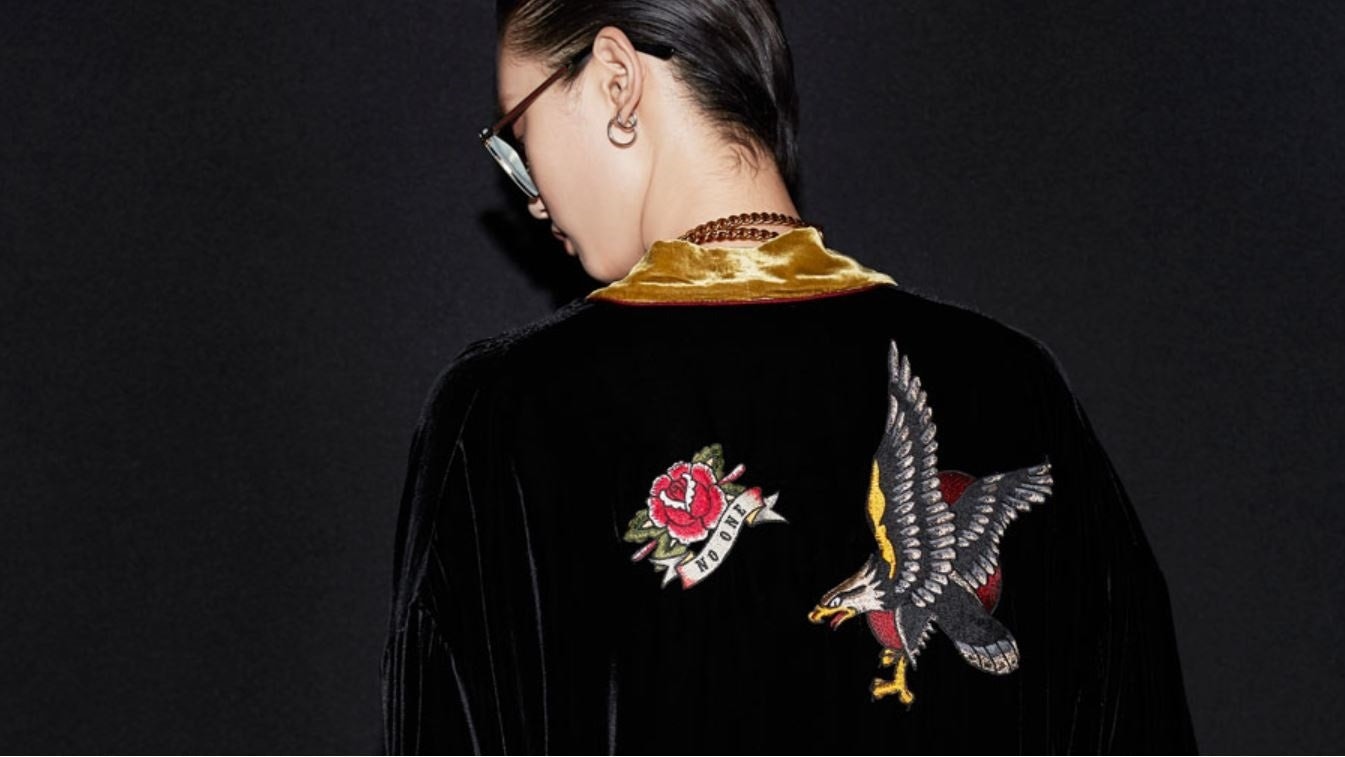Located on a high-end pedestrian street in the heart of London’s shopping district, MO&Co. blends in seamlessly with the sleek storefronts of Sandro, The Kooples, and Maje. And for this newcomer to the European market, such anonymity is a blessing. But unlike its illustrious neighbors, MO&Co. is a Chinese pioneer, one striving to expand upon its domestic success and capture international fashion consumers.
MO&Co. launched in 2004, and primarily targeted millennials — young female professionals with an eye for a stylish chic silhouette. By 2010, however, they added Edition 10, a more high-end line than MO&Co., and in 2014 a cosmetics brand called REC, which is estimated to reach 297 million (RMB 2 billion) in revenue by 2020. Then, in 2016, it launched a children’s line, Little MO&Co., and finally in 2018, a menswear line, Common Gender, demonstrating the broad appeal of the MO&Co. brand in China.
MO&Co. now boasts over 900 stores in mainland China and is seen by fashion-conscious millennials as a popular alternative to Theory or Maje. But it has scaled down for a calculated and precise entry into London’s fiercely competitive mid-premium fashion market. In 2015, the Guangzhou-based brand tested the waters with a concession in Selfridges & Co., and after growing a strong local following decided to open a standalone store in autumn 2018. “The company has a massive opportunity; it’s massive in China, but in Europe, it is still a baby and it is exciting to grow alongside it,” says Eleftherios Dimitriou, U.K. Manager of MO&Co.’s flagship store on South Molton Street. “It’s been very positive, people love the brand, and London has an international clientele.”
The narrative of foreign labels tapping into London’s dynamic and cosmopolitan fashion scene is hardly novel. Unlike its European counterparts, however, MO&Co. has had to battle perceptions of shoddy Chinese craftsmanship. A 2016 survey by Qualtrics showed 38 percent of British respondents questioned the credibility and authenticity of a Chinese brand. Making matters more daunting for MO&Co. is a negative opinion of China’s global influence: one 2017 BBC poll found an overwhelming 58 percent of U.K. respondents held mainly negative views of China. As such, it seems evident that aspiring Chinese fashion labels must market themselves carefully.
While there is no one-size-fits-all strategy for Chinese fashion brands entering the U.K., Europe, or Western markets generally, it helps to have a clearly defined, step-by-step action plan, showcasing that the products are chic and contemporary. “You don’t need to emphasize that it [the brand] is Chinese,” says Luc Besnier, CEO of Reflex Group, a boutique marketing agency with experience helping Asian brands succeed in European markets. “The general audience often doesn’t care if it is South Korean, Chinese, or from Singapore. They often don’t see the difference.” Instead, Besnier argues that high-end Chinese brands hoping to gain traction in Western markets should harness the energy of local Chinese communities and also draw in corollary audiences using localized marketing campaigns. “Go to the Chinese audience,” Besnier suggests. “You tag people [using social media] who are in similar groups or clubs or schools, and from 1,000 you grow to 10,000 and you show them your product, tell your story, and invite them to visit your store.”
MO&Co.’s U.K. strategy, accordingly, is guided by non-traditional marketing techniques and has relied on influencers and social media campaigns to spread the word about its arrival in London. “We don’t do ambassadors. We don’t do [advertisements at] bus stations or tube stations. Our main campaign was with some influencers that we hosted in store,” Dimitriou said. “We styled them in MO&Co. and it went very well. It was European and English influencers mostly; we had good reaction and we noticed a significant increase in footfall.”
Despite the optimism, a cautionary tale exists in the shape of Bosideng, the giant Shanghai-based clothing brand whose 2012 foray into Europe and U.S. markets proved a spectacular failure due to poor perceptions of Chinese fashion in the West. Learning from consumers’ reactions to Bosideng, MO&Co. proceeds with a name and a collection — displayed by Caucasian models — that obscures the brand’s origins, some 5,000 miles away. “As Chinese brands go -- from pricing to models -- it’s difficult to tell they are domestic [Chinese] brands,” explains Jian Wenqian, a fashion management graduate from the University of Manchester. “Therefore, when it comes to opening a store in London, this is more suitable for high-end [fashion brands] who can focus on their target audience, especially Chinese consumers who really like so-called luxury brands.”
While the narrative of Chinese companies investing heavily in the global fashion industry and Chinese consumers dominating luxury spending is firmly established, it is difficult to know if MO&Co. will indeed carve out a space on U.K. High Streets. However, by producing high-quality lines of contemporary clothing, carefully pinpointing a target audience, and building brand awareness through social media and influencer campaigns, MO&Co. has given itself a chance to succeed where others have failed.

